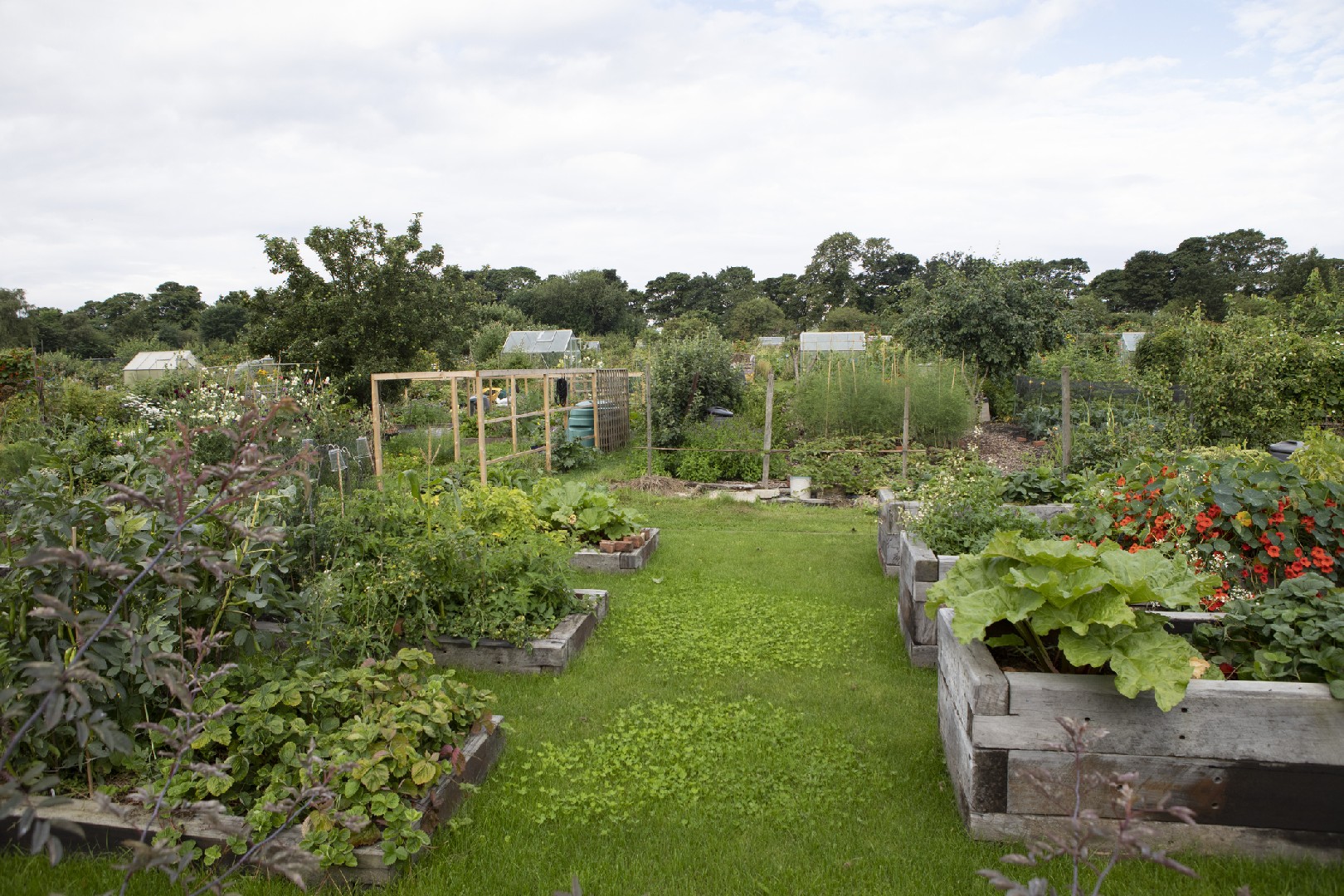![Rectangle]()
Using Edible Flowers and Ornamental Edibles to Beautify Your Garden
One of the most delightful ways to enhance the beauty of your garden is by incorporating edible flowers and ornamental edibles. Not only do they add aesthetic appeal to your landscape, but they also serve a practical purpose by providing food value. In this section, we will explore how you can use a variety of edible flowers and ornamental edibles to create an irresistible edible seasonal garden design.
When it comes to edible flowers, there is a wide range of options available for every season. In spring, you can enjoy the vibrant colors of pansies, violets, and calendulas. These flowers are not only visually appealing but also have a mild and pleasant flavor that can be used to enhance salads, desserts, and even beverages. As summer approaches, it's time to embrace the beauty and taste of nasturtiums, roses, and lavender. These flowers not only add a pop of color to your garden but also offer a unique flavor profile to various dishes.
In autumn, marigolds and chrysanthemums take center stage with their warm and earthy tones. These flowers can be used to infuse soups, stews, and teas with their distinct flavors. Finally, winter brings the enchanting fragrance and taste of pansies, violas, and snapdragons. These delicate flowers can be used to garnish winter salads and add a touch of elegance to your culinary creations.
Apart from edible flowers, you can also incorporate ornamental edibles into your garden design. This includes plants like Swiss chard, kale, and rainbow chard, which are not only beautiful with their vibrant leaves but also provide a bountiful harvest of nutritious greens. These plants can be used as decorative accents or even as the focal point of your garden beds.
When incorporating edible flowers and ornamental edibles into your garden, it's important to keep in mind a few safety and preparation tips. Firstly, make sure to properly identify the plants before consuming them to avoid any potential allergic reactions. It's also vital to wash the flowers and edibles thoroughly to remove any dirt, insects, or pesticides. Additionally, always use organic and pesticide-free plants to ensure the highest quality and safety of the food you consume.
In conclusion, using edible flowers and ornamental edibles is a creative and rewarding way to beautify your garden. By carefully selecting a variety of flowers that bloom in different seasons and incorporating plants with both aesthetic and food value, you can create a garden that is not only pleasing to the eye but also provides a delightful culinary experience. Just remember to follow safety guidelines and enjoy the process of creating your very own irresistible edible seasonal garden design.





